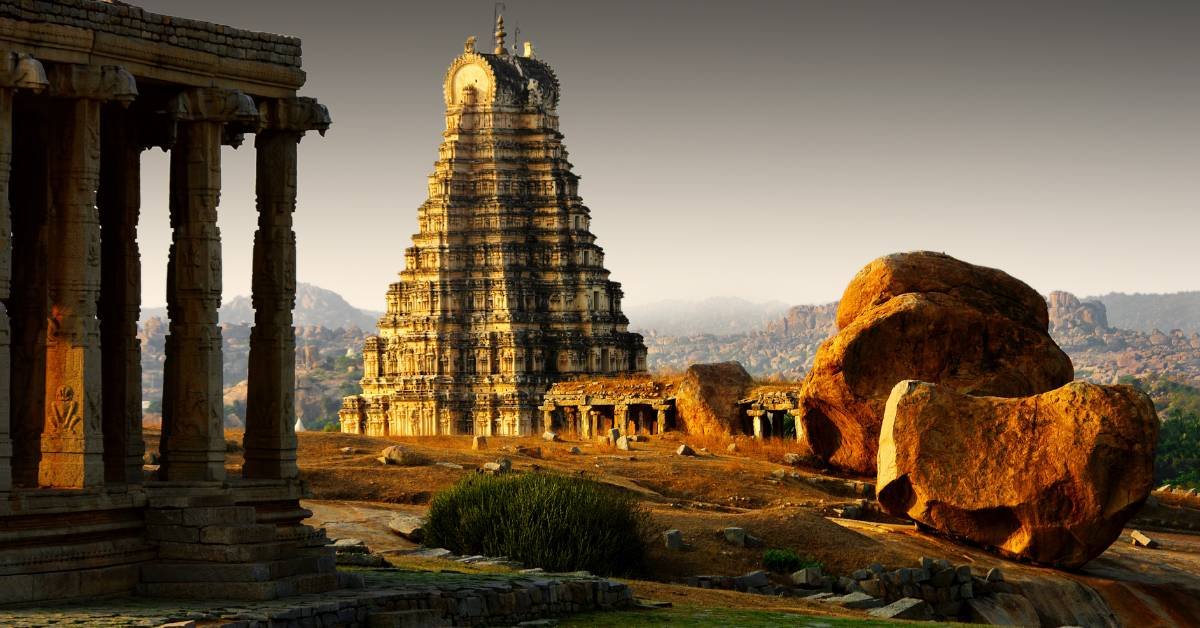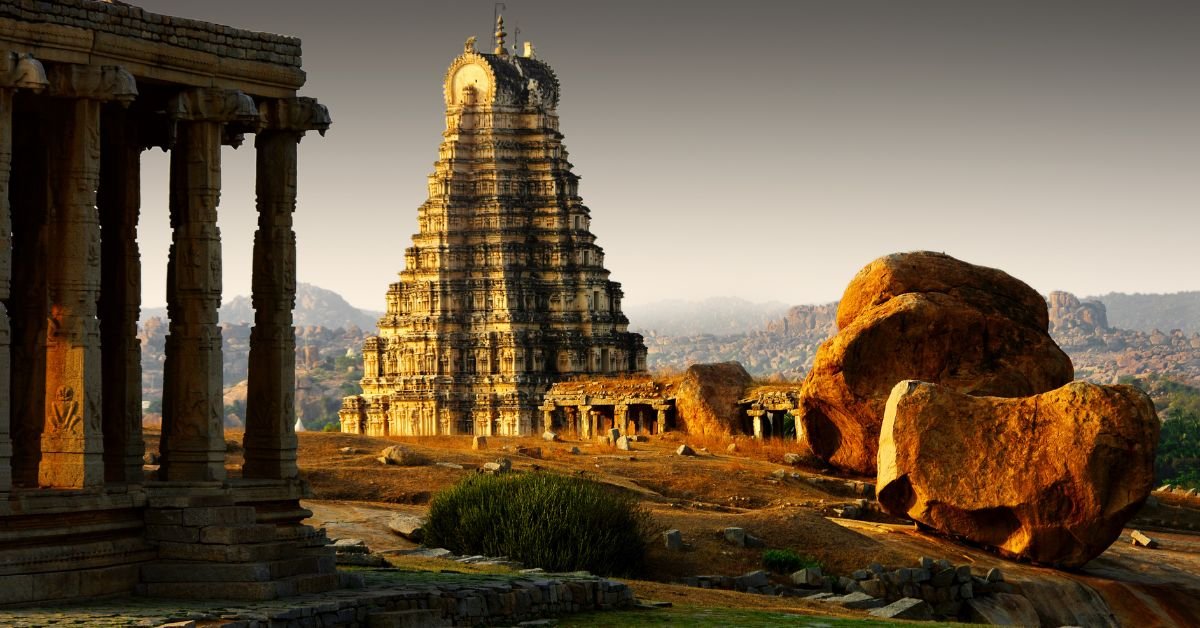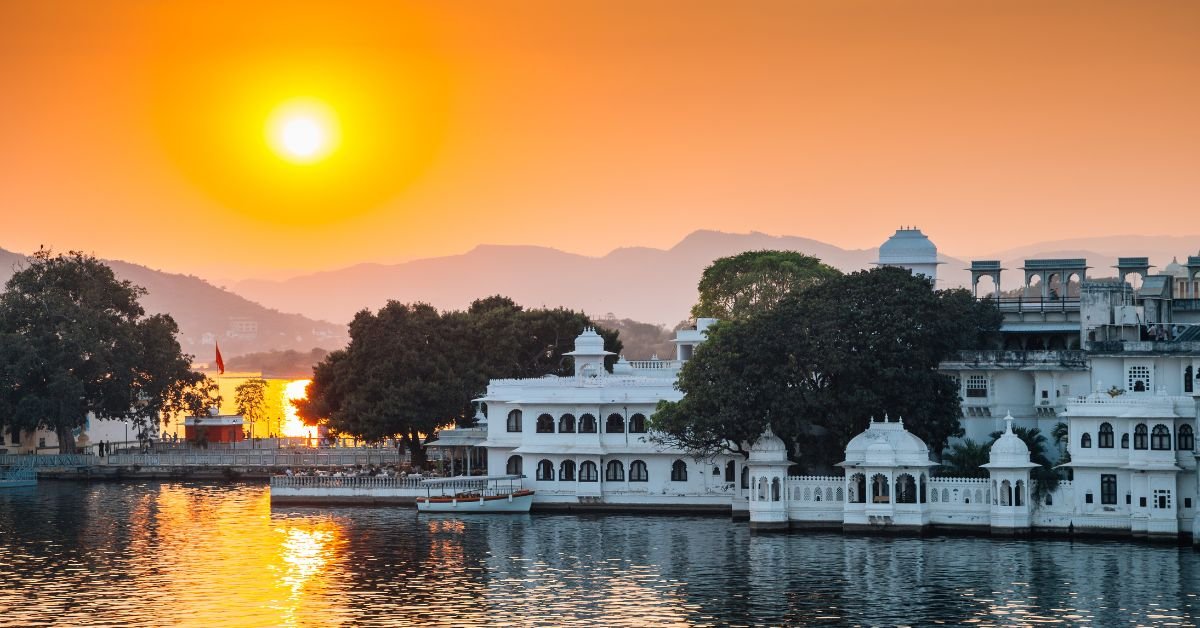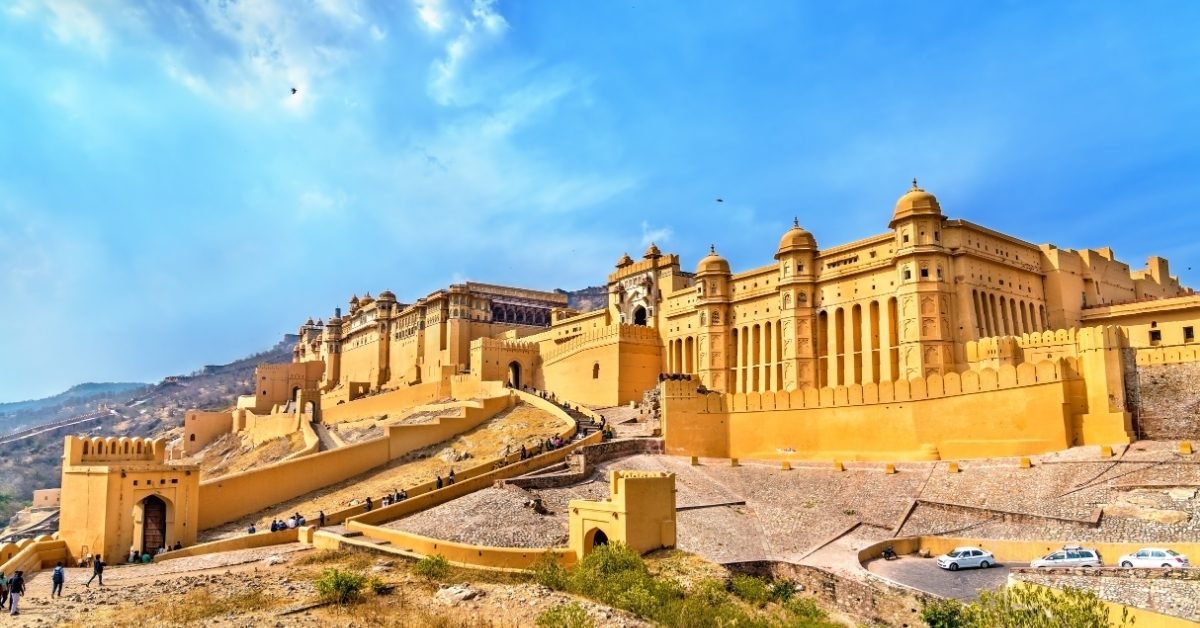In the heart of spiritual Ayodhya stands a breathtaking marvel that often remains hidden from the spotlight - the Bahu Begum Ka Maqbara, Ayodhya. This magnificent tomb, lovingly called the "Taj Mahal of the East," tells a touching story of love and devotion. Built to honor Bahu Begum, the cherished queen of Nawab Shuja-ud-Daula, this architectural masterpiece captures the essence of a romantic era gone by.
As you approach this hidden gem, you'll be struck by its stunning beauty - a perfect blend of artistic brilliance and historical grandeur. The tomb stands as a silent witness to Ayodhya's diverse cultural heritage, where different traditions came together to create something truly extraordinary.
Every arch, dome, and intricate detail of Bahu Begum Ka Maqbara whispers tales of a time when love knew no boundaries and art transcended religious differences. This remarkable monument invites visitors to step back in time and experience the magic of a lesser-known chapter in Ayodhya's rich history.
Here, amid the serene surroundings, you can feel the presence of a past where cultural harmonies created lasting beauty, making it a must-visit destination for anyone seeking to discover the many layers of Ayodhya's fascinating story.
Historical Significance of Bahu Begum Ka Maqbara
- Built for a Beloved Queen: The Maqbara was constructed in the 19th century by Nawab Shuja-ud-Daula as a tribute to his wife, Bahu Begum. Her legacy is remembered through this grand structure, reflecting the love and devotion of the Nawab.
- Symbol of Mughal Influence: This monument reflects the Mughal influence in Awadh (modern-day Uttar Pradesh). Showcasing the cultural exchange and architectural fusion that marked that era.
- A Place of Reverence: The tomb is not only an architectural marvel but also a place of reverence. Where visitors can pay homage to Bahu Begum’s memory and appreciate her historical importance.
The historical significance of Bahu Begum Ka Maqbara enriches Ayodhya’s cultural landscape, offering visitors a glimpse into its royal past.
Architectural Marvel of Bahu Begum Ka Maqbara
- Majestic Domes and Minarets: The Maqbara boasts grand domes and towering minarets. Which are reminiscent of Mughal architecture, creating a striking visual impact that is hard to miss.
- Intricate Carvings and Designs: The monument’s walls are adorned with intricate carvings and elaborate designs. Demonstrating the craftsmanship of the artisans of that era.
- Spacious Interiors: Inside the Maqbara, the spacious and beautifully designed interiors reflect. The grandeur associated with Mughal tombs, creating a sense of peace and reverence.
Bahu Begum Ka Maqbara’s stunning architecture makes it a captivating destination for visitors. Who can appreciate its elegance and historical artistry.
Peaceful Gardens and Surroundings
- Tranquil Green Spaces: The gardens surrounding Bahu Begum Ka Maqbara add a serene charm to the monument. Providing a peaceful space for visitors to relax and reflect.
- Ideal for Nature Lovers: These lush gardens are home to a variety of plants and trees. Offering a tranquil escape and a perfect spot for leisurely walks and quiet moments.
- Photography Opportunities: The blend of greenery with the white marble structure creates picturesque scenes. Making it an ideal location for photography enthusiasts.
The peaceful surroundings of Bahu Begum Ka Maqbara enhance its appeal, allowing visitors to immerse themselves in its serene environment.
Exploring the Cultural Heritage of Ayodhya through Bahu Begum Ka Maqbara
- Reflection of Nawabi Culture: The Maqbara is a reflection of Ayodhya’s Nawabi era. Showcasing the rich heritage, art, and cultural legacy of that time.
- Cultural Fusion: The monument’s architecture and design elements reveal a fascinating blend of Hindu and Mughal styles. Demonstrating the harmonious cultural coexistence of the period.
- Historical Preservation: Bahu Begum Ka Maqbara has preserved as a symbol of Ayodhya’s diverse heritage. Inviting visitors to explore and learn about the city’s past.
The cultural richness of Bahu Begum Ka Maqbara offers a unique perspective on Ayodhya’s heritage. Making it a significant part of the city’s historical identity.
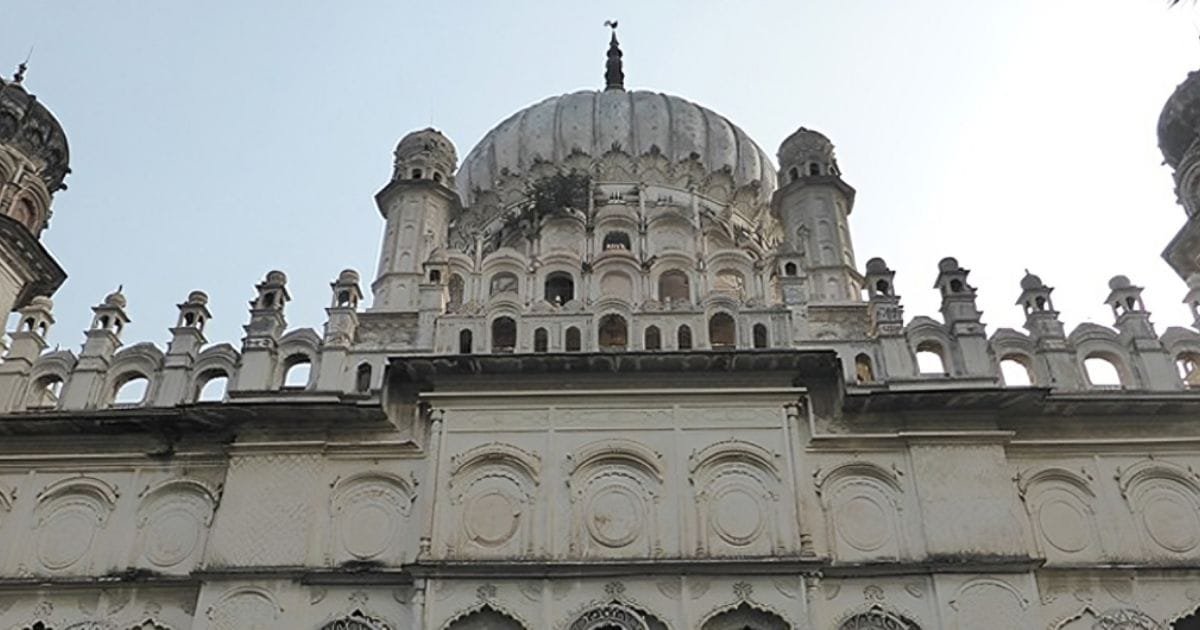
Tips for Visiting Bahu Begum Ka Maqbara
- Best Time to Visit: Early morning or late afternoon visits are ideal to experience. The beauty of the monument in gentle light and avoid the midday heat.
- Dress Respectfully: As it is a place of reverence. Dressing modestly is recommended to show respect to the cultural and historical significance of the site.
- Explore Nearby Attractions: Ayodhya has a wealth of nearby historical and cultural sites. So plan to explore the surroundings to make the most of your visit.
With these tips, visitors can enhance their experience at Bahu Begum Ka Maqbara, ensuring a memorable and respectful journey through Ayodhya Tour Packages.
Conclusion: A Timeless Tribute to Love and Legacy
Bahu Begum Ka Maqbara stands as a timeless tribute to love, legacy, and architectural brilliance. For those who wish to experience the essence of Ayodhya beyond its temples. This monument offers a fascinating journey into the city’s Nawabi past. Whether you are a history enthusiast, a lover of architecture, or simply in search of a peaceful retreat. Bahu Begum Ka Maqbara promises an enriching experience. It’s a place where Ayodhya Tour Package’s diverse cultural heritage comes alive. Inviting every visitor to connect with its past in a beautiful, meaningful way.






